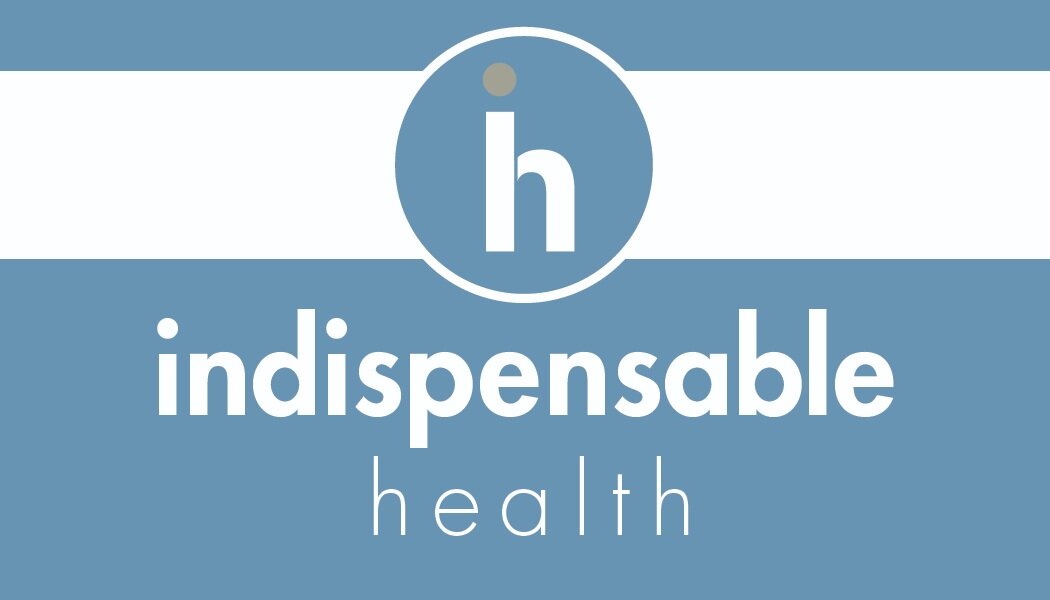SSRI and NSAID Interactions
It’s been a long debate as to the interactions between SSRI’s (Selective Serotin Reuptake Inhibitors) and NSAID’s (Non-steroidal, anti-infammatory drugs) and whether it can be harmful or not.
What defines the differences between the two? SSRI’s are commonly prescribed as an antidepressant. Examples are as followed: Citalopram (Celexa), Escitalopram (Lexapro), Fluoxetine (Prozac), Paroxetine (Paxil/Pexeva), Sertraline (Zoloft), and Vilazodone (Viibryd). NSAID’s are used for pain relief. They also hep reduce inflammation along with lowering fevers. Examples of the drug are as followed: Aspirin, Celecoxib (Celebrex), Diclofenac (Cambia, Cataflam, Voltaren-XR, Zipsor, Zorovolex), Ibuprofen (Motrin, Advil), Ketorolac, Naproxen, etc.
For starters, stomach bleeding is often a commonly acknowledged side effect of an NSAID. However, combine that with an SSRI and the risk increases significantly, in some cases doubling. Researchers have warned against the use of SSRI’s for patients who have a high risk for ulcers, indigestion, or upper gastrointestinal hemorrhage. In severe cases, intracranial hemorrhage may occur
Stranger yet and more relevant to those who suffer migraines, studies indicate that SSRI’s are less effective when combined with NSAID’s. There may be up to a 10% drop in depression remission rates for patients taking both.
It is important to note that these studies do not mean that we should absolutely avoid this combination of drugs. As with many drug therapy combinations, the benefits of using these two medications concurrently likely outweigh the risks for certain people. Whether you are one of those people is something only you and your doctor can decide.

